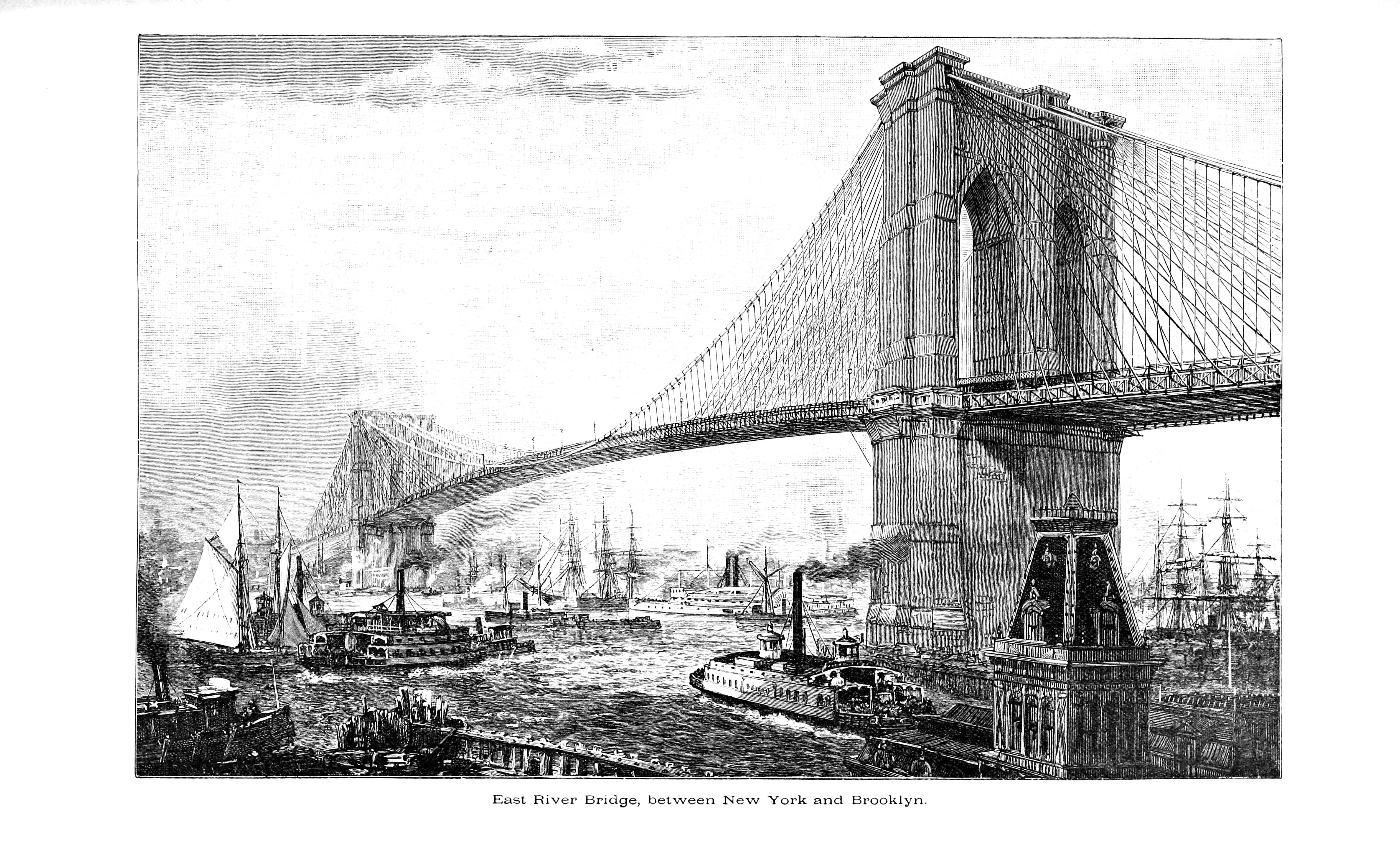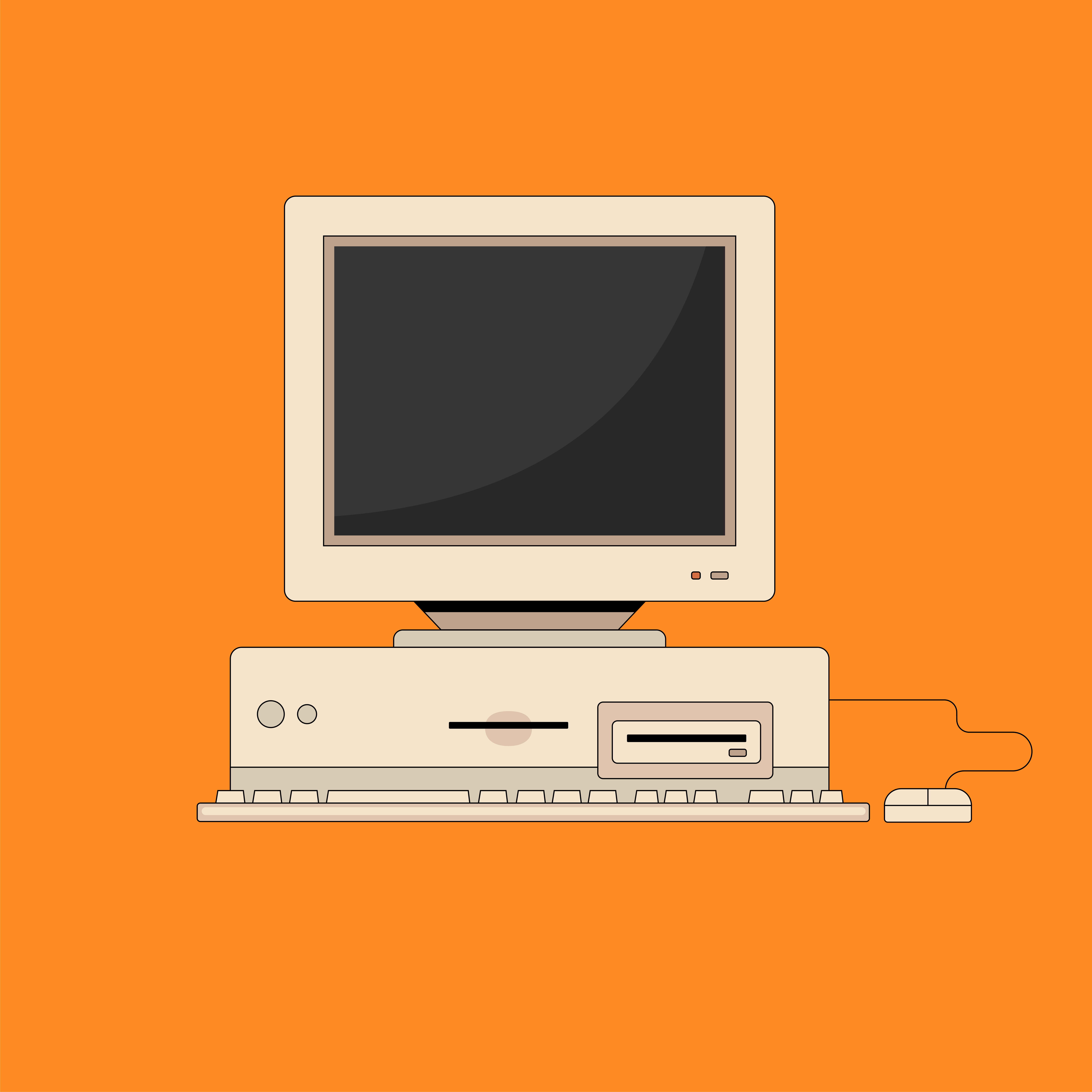Observing historic events that define the retail sector as we know it today, helps to paint a picture of where the industry is heading next. To better understand our present and to prepare for the future of retail, we must first understand the past.
Throughout history, the face of retail has always served as a mirror– reflecting the current customs, norms, and buying habits of the day.
In the early days, when frontier settlements sprang up, traders and merchants soon followed selling their goods. Since then, the retail sector has expanded, evolved, and even downsized to meet the demands of consumers.
The Rise of the Industrial Age
As Americans began moving from rural settlements to urban environments seeking a better way of life, innovative business owners saw a consumer need to meet. In the mid-1800s, one of the most significant events in retail occurred. In 1855, the first department store opened its doors in New York City.
The department store revolutionized the all-in-one shopping experience and created the model for how Americans would consume goods and products over the next century. Retail giants like Macy's, Dillard’s, Saks & Company, and Sears Roebuck and Co. rose to brand infamy during this time. These brands became trailblazers for what was to come next.
By the late twentieth century, the overwhelming success of department stores paved the way for catalog and mail-order retailers, retail franchises, and mass merchandising concepts.

Follow the Road to Suburbia. Malls, Fast Food, & Supercenters, Oh My!
The end of WWII marked a period of migration away from overcrowded cities in favor of a new way of life. As Americans left urban areas, the retail industry advanced yet again to capitalize on a new demographic.
American malls came on the scene in the mid-1900s. For the first time, malls expanded the retail experience beyond shopping to include food courts and community entertainment venues like arcades, movie theaters, and play centers for children. While larger department stores remained the main draw, many up-and-coming stores enjoyed periods of growth and brand exposure during this time.
As suburbia grew, the restaurant industry also took notice of the shifting population. Ray Kroc founded what was then a little-known burger joint that would go on to revolutionize the way Americans eat. In 1955, the first McDonald's opened. Soon after, the golden arches quickly became one of the most recognized brands across the globe.
By the mid-60s the face of retail was poised for a shift. Consumer demand began to favor low-cost items and convince over department store prices. Once again, innovative owners took notice and capitalize on the need. Large retail locations referred to as superstores or supercenters sprang to life across the suburban landscape. These mega establishments offered a large assortment of merchandise at prices unmatched by department stores.
As the first Kmart, Walmart, and Target opened, the concept of discount shopping created a new retail genre. These low-cost high-volume establishments become known as big box stores due to their large square exteriors.
The Computer Takes Over
The retail industry maintained a status quo for the next 40 years. Until a major technological advance changed everything. The arrival of the internet in the early 80s forever altered the way consumers would shop and how brands and retailers would come to market themselves.
Online shopping debuted its dial-up service in the late 80s and soon after, the first eCommerce sites appeared on the internet. Overnight online shopping was born. No longer limited by sales from one location, retailers who capitalized on this new technology saw fast success. In the late 90s, without a single brick-and-mortar presence, Amazon came online.
In addition to the internet, technological advances in point-of-sales systems and merchandising gave way to faster processes and producers. The retail industry embraced new ways of doing business as the digital shopping revolution solidified and surged forward at a rapid pace.
With the success of digital giants like Amazon, eBay, and Netflix, brick-and-mortar stores struggled to keep up. Long-standing names such as JCPenney, Blockbuster, RadioShack, and Kmart closed their doors or filed for bankruptcy.

Enter the Pandemic
During the early days of the COVID-19 pandemic, widespread lockdowns forced many retailers to close their doors for almost two years. Overnight stores were forced to radically change their business approach to survive.
Retailers that embraced new technologies were able to quickly pivot to provide goods or services to a customer base stuck at home. Merchants who embraced online ordering, curbside delivery, or virtual services were best poised to weather the storm. The notion of buying online and picking up in the store (BOPIS) became a lifeline for both retailers and consumers alike.
In the post-pandemic world of today, retailers face economic certainty. Today, the rise of same-day delivery, free shipping, and convenient online returns have challenged conventional retailers to rethink their business models. So, what does the future of retail look like? In an uncertain world, one thing is certain. Retail has existed in one form or another since the dawn of civilization. As new shopping trends, major events, or technologies emerge retail will continue to adapt to reflect the times.
What’s Next? Retail Trends to Watch For
While the future is yet unwritten, there are a few trends retailers can expect to continue.
The Focus on Convenience: Shoppers will continue to demand ease and convenience from the retail experience. Current in-store features such as BOPIS and self-checkout are here to stay. Stores will continue to search for better ways to save customers time and add value to the shopping experience.
Case Study: Amazon is currently testing a new retail technology called Amazon Go, which allows consumers to avoid the inconvenience of waiting in lines or scanning items. Instead, shoppers can simply scan their phones and walk out of the store without a checkout process.
Technology Remains King: The retailers who want to stay relevant must stay agile and able to adopt technology offerings as they develop. Apps and gamification will continue to push the envelope on how retailers operate. Expect to see continued innovations in the checkout process, advances in how customers search for products in stores, and how retailers communicate with consumers.
Hyper-Personalization: The future of retail will continue to focus on providing customers with individual experiences. Retailers should invest in tools or processes that enable real-time behavioral data, deep data, or even artificial Intelligence (AI) to market products, services, or even experiences according to buying behavior, location, or buying personas.
Case Study: Sephora currently uses a behavior-based data approach to capture and respond to in-store buying preferences to provide customers with personalized product promotions or recommendations before they checkout.
Reimagining Brick-and-Mortar Spaces: As the retail process becomes more accessible online, fewer people may go to a store just to shop. Successful retailers of the future may be those that can reimage and reconfigure existing store footage. Stores may become potential places to relax, learn, or interact with brands directly while they browse and buy products.
Case Study: Stores such as Ikea and Home Depot already offer spaces for events, activities, and do-it-yourself (DIY) classes.
Timeline of Notable Advancements in Retail
1858: Macy & Co. opens in New York City
1861: Bloomingdale's is founded in New York City
1867: Saks & Company is founded
1886: Sears Roebuck and Company is launched
1913: J.C. Penney Company opens & Henry Ford introduces the assembly line
1930: Refrigeration and the popularity of frozen food hits the retail market
1938: The first television debuts to customers
1940: TV advertising begins
1948: The first Dunkin' Donuts franchise opens
1955: The first McDonald's opens
1958: Bank of America Introduces the Credit Card
1962 The first Walmart opens
1971: Starbucks opens its doors & Intel Invents the Microprocessor
1972: Video games Pong takes flight
1973: FedEx starts its operations
1977: Atari unveils its in-home gaming console
1982: Boston Computer Exchange launches the first online eCommerce site selling used computers
1989 America Online debuts
1995: Amazon launches
1999: Craigslist begins
2000: The Dot.com bubble bursts
2002: Kmart filed for Chapter 11 bankruptcy
2004: Facebook is established
2007: Apple Launches the iPhone & Netflix begins streaming
2014: Blockbuster declares bankruptcy
2018:Toys R Us and Sears file for bankruptcy
2020: 12,200 U.S. stores closed due to e-commerce and the pandemic
Connect with Sparkplug today to discover how we can keep your retail establishment stay ahead of the curve.




